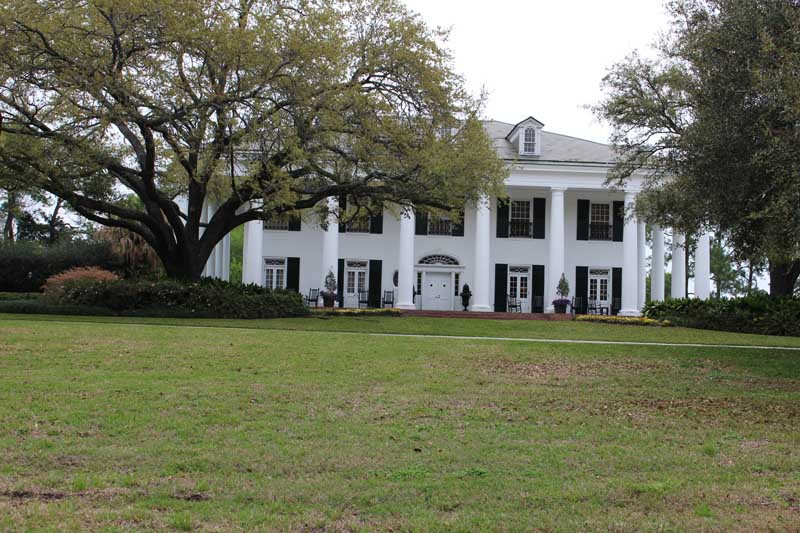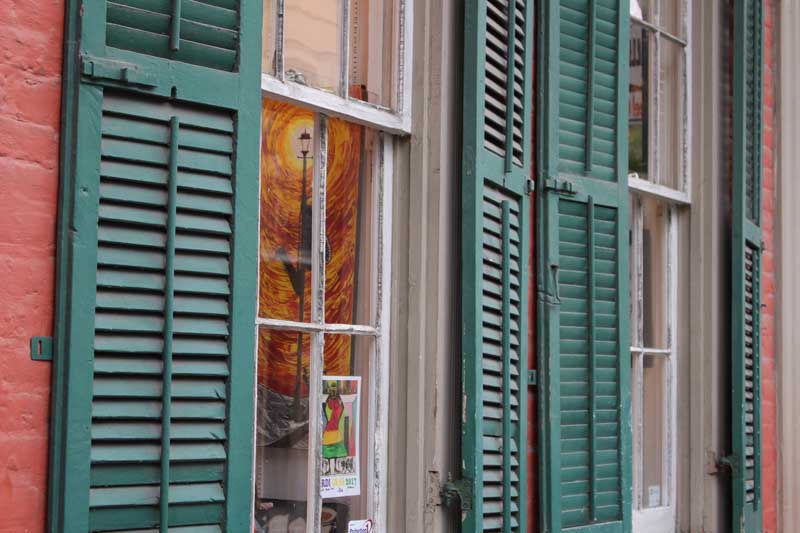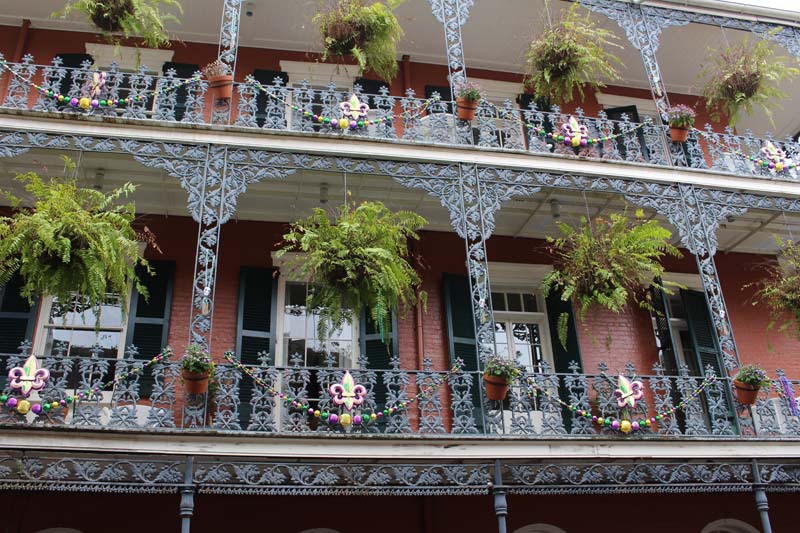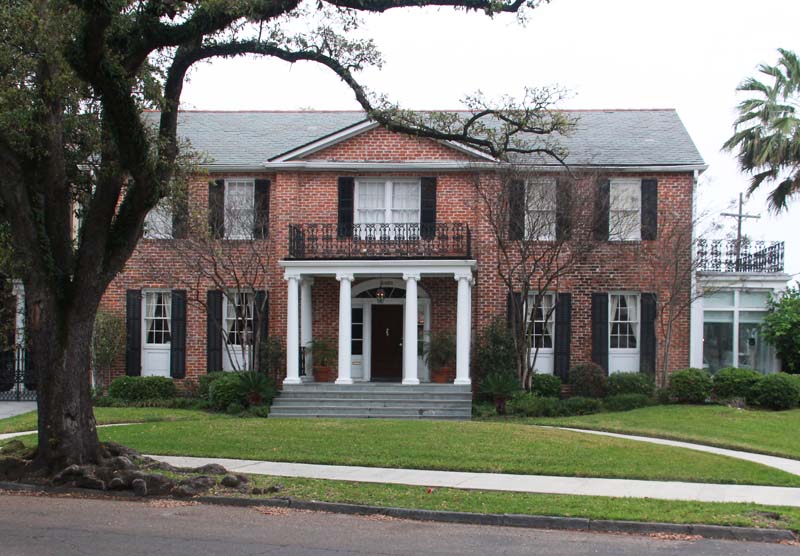Compare Exterior Shutter Materials
| Construction | |||
| Strength & Durability | |||
| Weather Resistance | |||
| Weight | |||
| Appearance | |||
| Finishes | |||
| Installation | |||
| Maintenance | |||
| Cost (ranking 1-6) | |||
| Production Time | |||
| Lifespan | |||
| Best Use | |||
| Styles | |||
| Arch Top Option | |||
A walk through New Orleans is like a walk back in time. The culture is so unique and vibrant. The cuisine – beignets, jambalaya, po’ boys, gumbo – is all rich with flavor and steeped in tradition. The bold music is everywhere, full of life and excitement. And the homes have their own specific beauty that truly speaks of old-world charm and elegance and feature New Orleans shutters. They are one of the most obvious elements on both humble and grand homes in the area and around the Gulf Coast. Exterior shutters are almost ubiquitous around the city, with an abundance of different styles, color combinations and methods of installation put to great use.

For generations New Orleans shutters have graced homes across this southern region for a variety of reasons. With such a hot and humid environment, it is vital to take advantage of every possible breeze, especially for houses that don’t have air-conditioned world. Homes along the Mississippi River were positioned in order to capture quality air movement. Rows of oak trees were planted in carefully considered locations to soak up moisture, shade the homes, and usher breezes from the river. Functional louvered shutters with exterior hinges provided a way to direct air flow through homes for the best ventilation while still protecting the home from the beating sun.

Today, the main purpose of window shutters is aesthetic in most regions of the United States. Exterior New Orleans shutters are available in such a wide variety of styles and colors to complement the architecture of nearly any home. Raised panel shutters and louvered shutters seem to be the most commonly used in New Orleans, some with horns or tails. With unlimited color and hardware options, any outdoor design can be a reality, and the influence of French shutters certainly evident. The most common colors are dark green and black shutters. Exterior shutters are regularly installed on brick or on casing around the window with functional hinges.

In addition to being stylish, New Orleans shutters are still widely used on a daily basis for ventilation and privacy purposes. Authentic wooden shutters also provide built-in protection from the many strong storms that pass through the area. Most of the outside shutters around the Gulf of Mexico are installed with wrought-iron hardware and shutter dogs to be functional. As a first level of defense against tropical storms and hurricanes, homeowners typically close outside hinged or bahama shutters tight against the window and latch them. Quality exterior hurricane shutters work exceptionally well at preventing debris from flying in and breaking window glass.
Most historically-accurate homes display painted New Orleans shutters, which will provide decades of service if maintained well. In fact, a close look at many homes will reveal that the wood shutters have so many layers of paint the louvers no longer rotate. For even longer service and less maintenance in a harsh environment, composite house shutters can be a great option. Quality composite shutters are manufactured from a high-grade engineered wood product and are often priced lower than premium wood shutters. They can be hinged to be operable, but do not have an attractive back.

New Orleans shutters installed on humble homes in the area were less elaborate, but no less necessary. Most commonly, board and batten shutters provided basic light control, privacy, and protection from the elements. Constructed from cypress (readily abundant in the swamp lands years ago) or cedar, house shutters were often left unfinished, more for practical economic reasons than style.